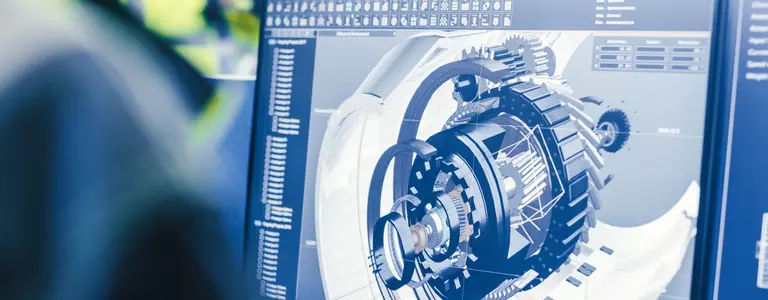The pandemic challenged a lot of the ways in which things were done, forcing us to work differently and to explore new methods around collaboration and productivity. As leadership teams are thinking about what lies ahead for their companies, one thing is very clear: the landscape of work has changed.
The future of work means different things depending on who you ask. One common element among most people is the desire for continued flexibility with how we work. As Proofpoint looked at our future of work as a company, three key components shaped how we’ve decided to move forward with our work model: work-life integration, flexibility, and inclusion.
Since the founding of the company, our guiding principles are centered on employee experience and a continued commitment to our customers. Through this lens, at the top of 2021, we embarked on a journey exploring the facets of how work gets done within all the different roles that make up our company.
We launched a global survey for all employees to ask about their vision for the future of work. The goal was to ensure that our leaders were making decisions with our employees’ input around not only how people want to work, but why working in a certain way matters to them. What we learned? Not every job is accomplished the same way. Not every job has the same requirements. We need a flexible solution.
Proofpoint has a culture that supports collaboration and in-person problem solving. Our survey and conversations with employees showed that many feel there are benefits to coming into the office and working together in-person. There are certain tasks and certain meetings which greatly benefit from the in-office and in-person environment. Everyone agreed the loss of social connections in the past 18 months is something they want to reignite as we discuss the future.
This led us to feel that a hybrid model – with some days and times in the office and some days and times from home or another work location – is the right model and right approach for our employees and our company.
We also explored how vital it is to understand how a week needs to be constructed so that time is most effectively used, continuing to enable high productivity and not create frustration. For example, ensuring time in the office is used for collaboration or meetings that are best served in person. Meetings and tasks that can be most effectively done at home are reserved for those days during which people will work at home or from an alternate location.
Last week, we announced to the entire company that almost all groups will come back into a model with two days in the office and three days spent working outside the office. Our employees who are in the field or were distributed prior to entering work-from-home in March of 2020, will continue to do so.
We also announced the formation of a program that would provide for all employees to work from an alternate location for up to three weeks a year. This is another program which provides flexibility as people travel, want to spend time with family in other locations, or simply want to explore the world.
We are optimistic about putting these models into place in January of 2022, when we anticipate being able to reopen our offices more fully. We told our employees at the top of the summer that no employee is expected to return to the office until January 2022. Between now and January, we will continue to survey our employees and to take feedback. We will also run pilot groups to test our hybrid model, and we expect to learn a lot during this period of time. And upon return, we will have ongoing feedback mechanisms in place to help us understand what is working and what continues to need refinement.
We are excited to continue to support our employees, providing flexibility, inclusion, and work-life integration.
